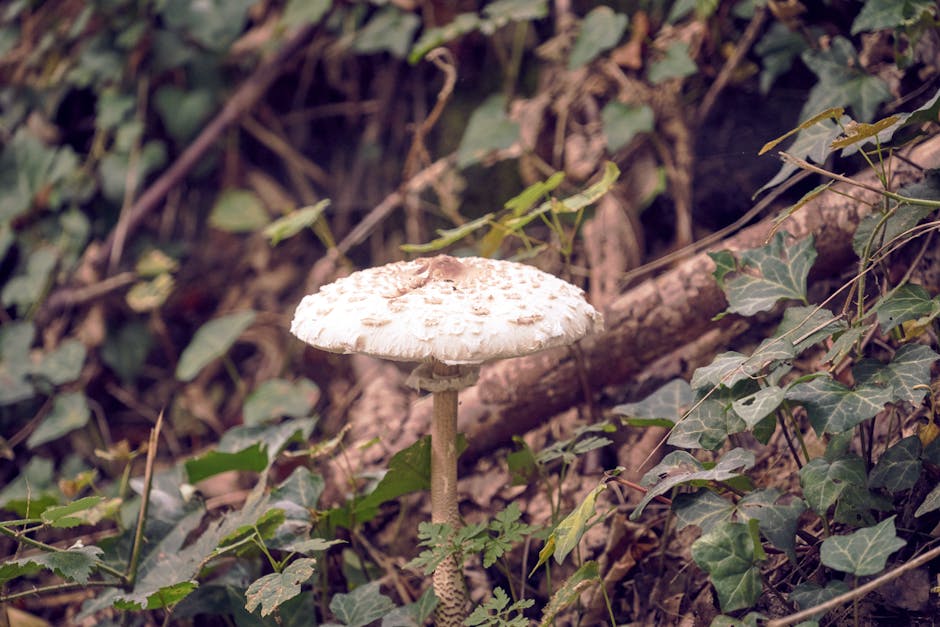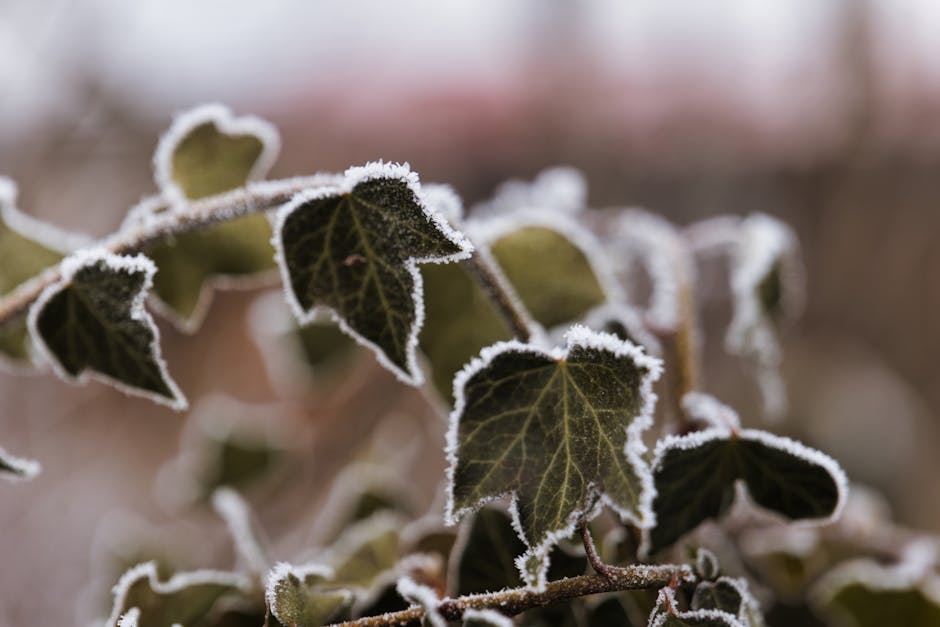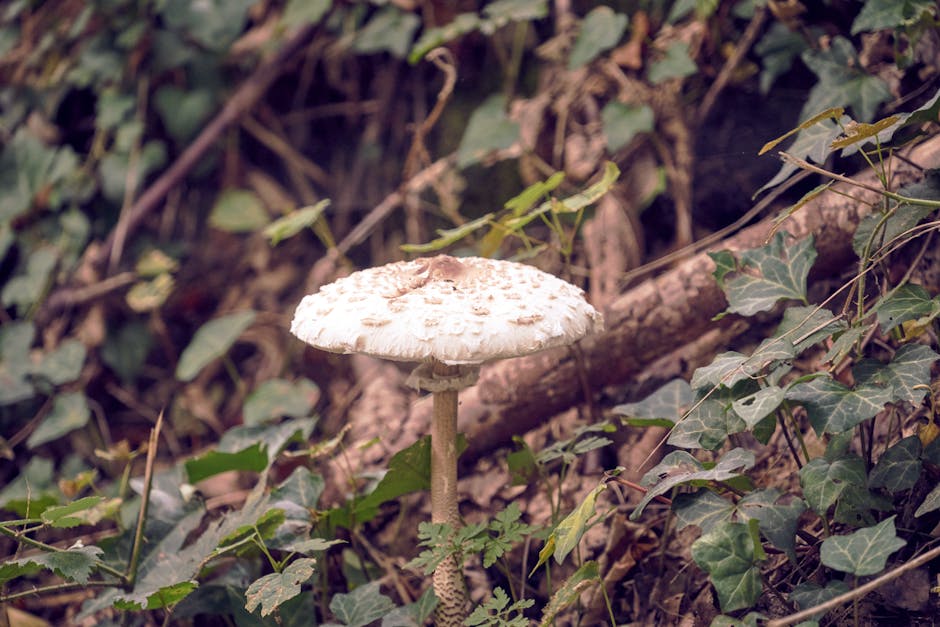Natural Remedies for Poison Ivy: Effective Relief & Prevention Strategies
Poison ivy, with its characteristic three-leaf clusters, is a common culprit behind itchy, blistering rashes. While medical treatment is always an option, many find relief and comfort in natural remedies. This comprehensive guide explores effective natural ways to treat poison ivy reactions and crucially, how to prevent future encounters.
Understanding Poison Ivy and its Effects
Before diving into natural remedies, understanding the cause of the reaction is crucial. Poison ivy, oak, and sumac contain urushiol, an oily resin that causes an allergic contact dermatitis. Urushiol isn’t inherently toxic; it’s the body’s immune system reaction to it that causes the characteristic inflammation, itching, and blistering. It’s important to note that not everyone is allergic to urushiol, but for those who are, the reaction can range from mild irritation to severe blistering and swelling. Touching the plant itself, or even something that has come into contact with urushiol, can trigger a reaction.

Immediate Actions After Exposure
Time is of the essence when it comes to poison ivy. The sooner you act after exposure, the better your chances of minimizing the severity of the reaction. The first step is to thoroughly wash the affected area with soap and water. Use cool, not hot, water. Washing within 30 minutes of contact can significantly reduce the severity of the rash. It’s also crucial to wash any clothing or tools that may have come into contact with the plant. Dispose of contaminated clothing properly to prevent further exposure.
Natural Remedies for Poison Ivy Relief
1. Oatmeal Baths: Soothing and Anti-Inflammatory
Oatmeal has long been recognized for its soothing and anti-inflammatory properties. Colloidal oatmeal, finely ground oatmeal, creates a creamy mixture in water that can significantly alleviate itching and inflammation. Add a cup or two of colloidal oatmeal to a warm bath and soak for 15-20 minutes. The soothing effects of the oatmeal help calm the irritated skin.
2. Witch Hazel: A Natural Astringent
Witch hazel is a natural astringent with anti-inflammatory and antiseptic properties. It can help reduce swelling and redness, and its antiseptic qualities can help prevent secondary infection. Apply witch hazel directly to the affected area using a cotton ball or pad several times a day.
3. Aloe Vera: Cooling and Healing
Aloe vera gel, extracted directly from the aloe vera plant, is a well-known remedy for burns and skin irritations. Its cooling effect can provide immediate relief from itching, and its anti-inflammatory properties promote healing. Apply a thin layer of aloe vera gel to the affected area several times a day.
4. Baking Soda Paste: Neutralizing Irritation
A paste made from baking soda and water can help neutralize the urushiol oil and reduce itching. Mix baking soda with a small amount of water to form a thick paste. Apply this paste to the affected area and let it dry before rinsing off.
5. Calamine Lotion: Classic Relief
Although not strictly a natural remedy, calamine lotion is readily available and effective for relieving itching and dryness associated with poison ivy. Its soothing properties provide temporary relief and can help to prevent scratching.
6. Essential Oils: Cautious Use
Some essential oils, such as tea tree oil and lavender oil, have anti-inflammatory and antiseptic properties. However, it’s crucial to dilute these oils significantly before applying them to the skin to avoid irritation. Always perform a patch test before applying any essential oils to a large area of skin.
7. Cold Compresses: Reducing Inflammation
Simple cold compresses can provide immediate relief from itching and inflammation. Applying a cold, damp cloth to the affected area for 10-15 minutes at a time can significantly reduce discomfort.

Preventing Poison Ivy Exposure
Prevention is always better than cure. Knowing how to identify poison ivy is the first step in avoiding contact. Familiarize yourself with the distinctive three-leaf cluster. When hiking or spending time outdoors in areas where poison ivy is prevalent, wear long pants, long sleeves, and closed-toe shoes to minimize skin exposure. After spending time outdoors, thoroughly wash your clothes and shower to remove any traces of urushiol.

Tips for Preventing Poison Ivy
- Wear protective clothing when in areas where poison ivy grows.
- Stay on marked trails to avoid accidentally brushing against plants.
- Wash clothes and gear thoroughly after outdoor activities.
- Use an ivy-blocking lotion or spray before entering potential contact zones.
- Teach children to identify poison ivy and avoid touching it.
- Keep pets away from the plant and wash them thoroughly after outdoor walks.
When to Seek Medical Attention
While natural remedies can be effective for mild poison ivy reactions, it’s essential to seek medical attention if:
- The rash covers a large area of your body.
- You experience severe swelling.
- You develop a fever.
- The rash becomes infected.
- You have difficulty breathing.
A doctor can provide prescription-strength medications to manage severe reactions and prevent complications.
Disclaimer:
The information provided in this article is for informational purposes only and does not constitute medical advice. Always consult with a qualified healthcare professional before starting any new treatment or remedy, especially if you have pre-existing medical conditions. The effectiveness of natural remedies can vary from person to person.

